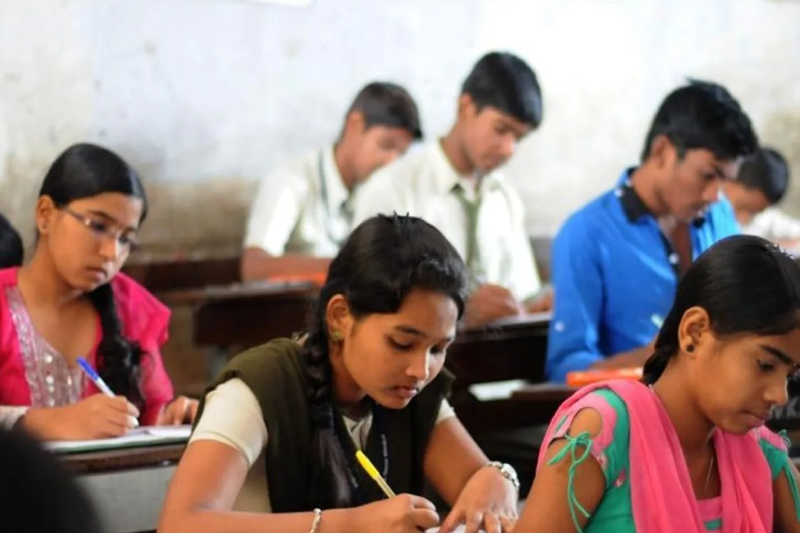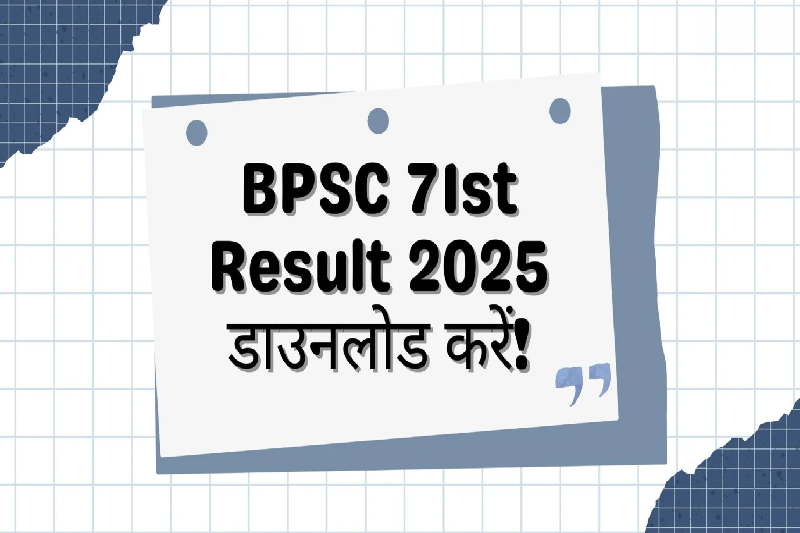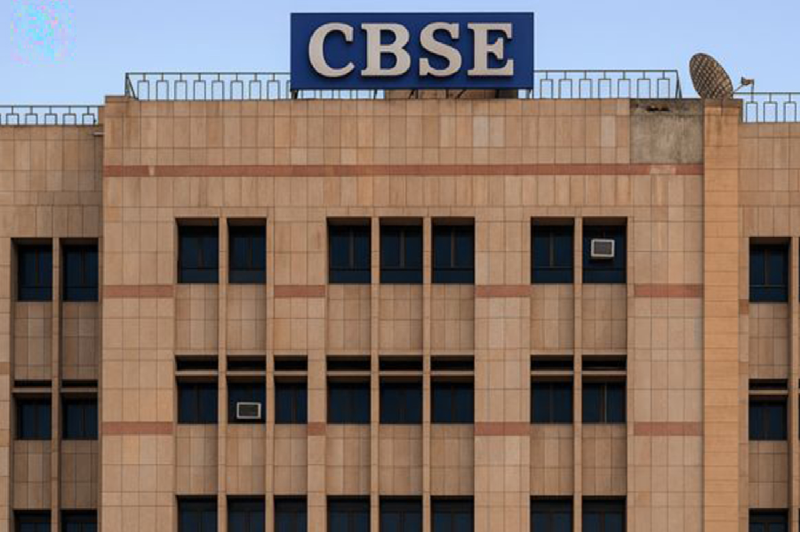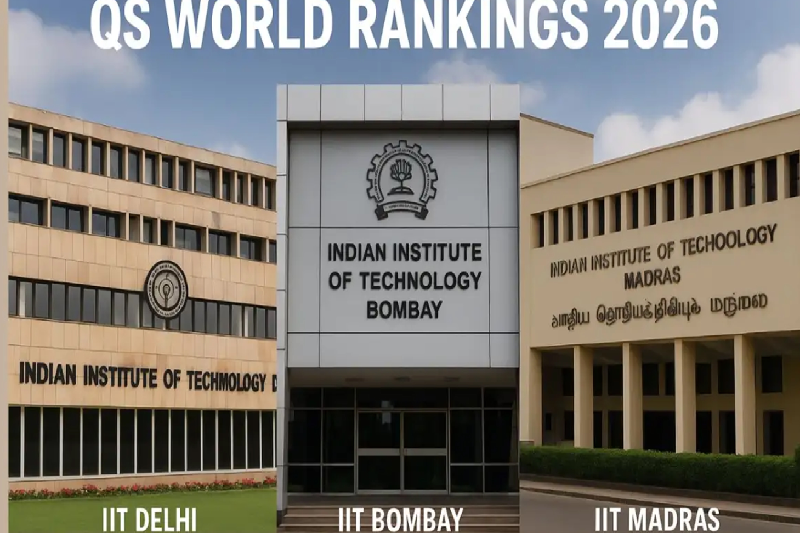
West Bengal SSC Teacher Recruitment Exam: 3.19 Lakh Candidates Appear Amid Tight Security
In a significant step toward rebuilding trust in the state’s teacher recruitment process, the West Bengal School Service Commission (WBSSC) conducted its School Level Selection Test (SLST) on Sunday. The examination marked the first teacher recruitment drive since the Supreme Court scrapped more than 26,000 jobs in government-run schools earlier this year, declaring the 2016 recruitment process “tainted and vitiated.”
The fresh recruitment test represents another examination and a turning point for transparency and accountability in West Bengal’s education sector. With over 3.19 lakh candidates participating across 636 centres statewide, the event underscored both the demand for teaching positions and the state’s efforts to restore credibility to the system.
A High-Stakes Examination After a Controversial Past
The importance of this exam cannot be overstated. In April 2025, the Supreme Court annulled the appointments of more than 26,000 teachers in West Bengal’s government schools, citing severe irregularities in the WBSSC’s 2016 recruitment process. This decision left thousands of individuals jobless and significantly impacted the teaching workforce across the state.
For many candidates, Sunday’s SLST was not only an opportunity for employment but also a chance to re-establish meritocracy in the state’s education sector. The massive turnout reflected the pent-up demand for teaching jobs and the hope that the process would be transparent and fair this time.
Scale of Participation: 3.19 Lakh Candidates Across the State
According to official data, around 3.19 lakh candidates appeared for the examination. These aspirants competed for the role of assistant teachers in classes 9 and 10, positions that hold immense importance in the state’s education system.
The exam was held at 636 centres, spread across multiple districts of West Bengal, ensuring accessibility for candidates. The test began at 12 noon and concluded at 1:30 pm, with an additional 20 minutes provided for specially abled candidates, highlighting the commission’s efforts toward inclusivity.
Interestingly, the exam also saw participation from candidates outside West Bengal. Aspirants from Bihar and Uttar Pradesh travelled to participate in the recruitment drive, reflecting the widespread appeal of teaching jobs in government-run schools.
Stringent Security Arrangements to Ensure Fairness
Given the controversies surrounding past recruitment, the state government took unprecedented measures to secure the integrity of the examination. A three-tier security system was implemented at every centre to minimize malpractice risk.
Key measures included:
-
Naka checks are conducted within 100 metres of exam venues.
-
Multiple security checks at entry gates and within premises.
-
Barcode scanners verify admit cards, ensuring only genuine candidates gain entry.
-
Restriction of materials — only pens were allowed inside, and these were also provided at the centres.
To facilitate the stringent security process, candidates were instructed to report two hours early, by 10 am, even though the exam began at noon. This staggered entry system ensured smooth checks and prevented overcrowding at the gates.
These steps reflect the administration’s recognition that restoring public faith in recruitment requires absolute transparency and vigilance.
Candidate Experience: Thorough Checking Before Entry
For many aspirants, the day began long before the scheduled reporting time. Candidates underwent rigorous frisking and verification processes before being allowed into examination halls. While some expressed frustration over the early reporting time and lengthy checks, most acknowledged that these steps were necessary to maintain fairness.
The use of technology, particularly barcode scanning of admit cards, marked a significant shift from earlier recruitment drives. This ensured accurate identification and reduced the chances of impersonation or fraudulent entries.
Broader Context: Why This Exam Matters for West Bengal
The 2016 recruitment scandal left a deep scar on West Bengal’s education system, leading to a massive shortage of teachers and shaking public trust in institutions. Earlier this year, the Supreme Court’s intervention brought accountability and left a vacuum in staffing across schools.
This SLST examination represents a fresh start, giving lakhs of aspiring teachers a fair chance at employment while addressing the state’s urgent need for qualified educators. If conducted fairly and followed up with transparent results, the exam could help restore credibility to the WBSSC and rebuild confidence among candidates and the public.
Moreover, the sheer scale of participation underscores the growing demand for stable government jobs, particularly in the education sector. For thousands of families, securing a teaching position represents financial stability, social respect, and long-term career security.
Looking Ahead: Challenges and Expectations
While the successful conduct of the SLST is a step in the right direction, challenges remain. Candidates and the public will closely scrutinize the evaluation process, results publication, and appointment procedures. Any delay or perceived irregularity could once again undermine trust.
Experts also emphasize the need for continuous reforms in recruitment processes. The use of technology, transparent evaluation methods, and timely communication of results will be essential to ensure that the mistakes of 2016 are not repeated.
The wait begins now for the candidates. For the WBSSC and the state government, this is an opportunity to demonstrate their commitment to merit-based, transparent recruitment that will strengthen West Bengal’s education system for years to come.
Conclusion
The West Bengal SSC Teacher Recruitment Exam 2025 marked a historic moment for the state’s education sector. With 3.19 lakh candidates appearing across 636 centres under tight security, the examination highlighted the immense demand for teaching jobs and the state’s determination to ensure a fair process after years of controversy.
As results are awaited, the larger question remains: will this recruitment drive succeed in restoring public trust and setting a new benchmark for transparency? For now, the SLST is a reminder that fair and accountable recruitment is the cornerstone of a strong education system.



